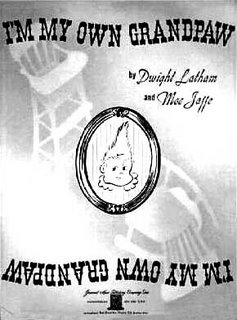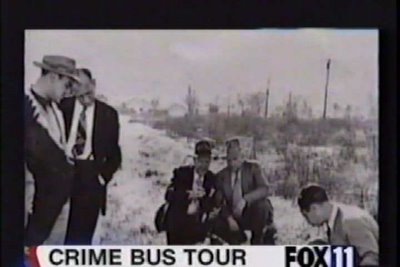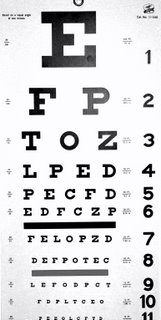Blogging the Wolfe Book, the Lookies

At right, one of the formative publications of my youth, which was included with the purchase of the World Book Encyclopedia. The Lookies had a wonderful motto: “We don’t guess, we look it up.”
Page 22
I really don’t want to get derailed into Thelma Todd as I can’t see what it has to do with the Black Dahlia case. I’m going to take a rain check with the simple proviso that given Donald H. Wolfe’s track record, there are going to be errors and misstatements. I'll dig into it later if necessary, but this will have to do for now:
“Nevertheless, D.A. Buron Fitts insisted that her death was a suicide, though there were rumors among the movieland cognoscenti that Thelma Todd had been murdered by one of her intimate acquaintances—a mob boss who suddenly left town on the night of Thelma’s ‘suicide.’ ”
In fact, Fitts said: “We want it distinctly understood that we aren’t imputing this to be a murder. But there are circumstances that do not satisfy us. We intend to clear them up.” (Los Angeles Times, Dec. 19, 1935)
Moreover, the Los Angeles Police Department, under the auspices of crime lab chief Ray Pinker (the same man who had his hands in his pockets at the Black Dahlia crime scene), took Todd’s Lincoln and, using a volunteer, sealed the garage and started the engine to see how long it would take to render him unconscious. In 90 seconds, Detective Joe Whitehead was pounding on the door to be let out of the monoxide-filled garage.
It should also be noted that Todd’s death was investigated by the Los Angeles County Grand Jury. And in testifying before the grand jury, Pinker said that blood found inside Todd’s car contained carbon monoxide, excluding the possibility that the stains occurred before she started the car’s engine. According to testimony before the grand jury, Todd became unconscious from the fumes and struck her head as she collapsed, causing a wound that bled.
Eventually, the jurors found the evidence of suicide or accident so compelling that several of them refused to hear any more testimony.
I’ll leave Thelma Todd at this: It’s impossible to say Dist. Atty. Buron Fitts tried to cover up the case when it went before the grand jury.
What are the sources for this nonsense?
Samuel Marx and Joyce Vanderveen, “Deadly Illusions”; Andy Edmonds, “Hot Toddy”; and the Thelma Todd inquest report. Apparently Wolfe has some aversion to original sources such as newspapers. I’m mildly curious about the source of the Todd inquest. But not enough to go digging for it.
Page 24
Oh, more on Uncle Vern, the disgraced former prosecutor who never worked for the district attorney’s office. I don’t have time for this today.
Labels: Black Dahlia, Books and authors, Homicide, LAPD, Streetcars



















